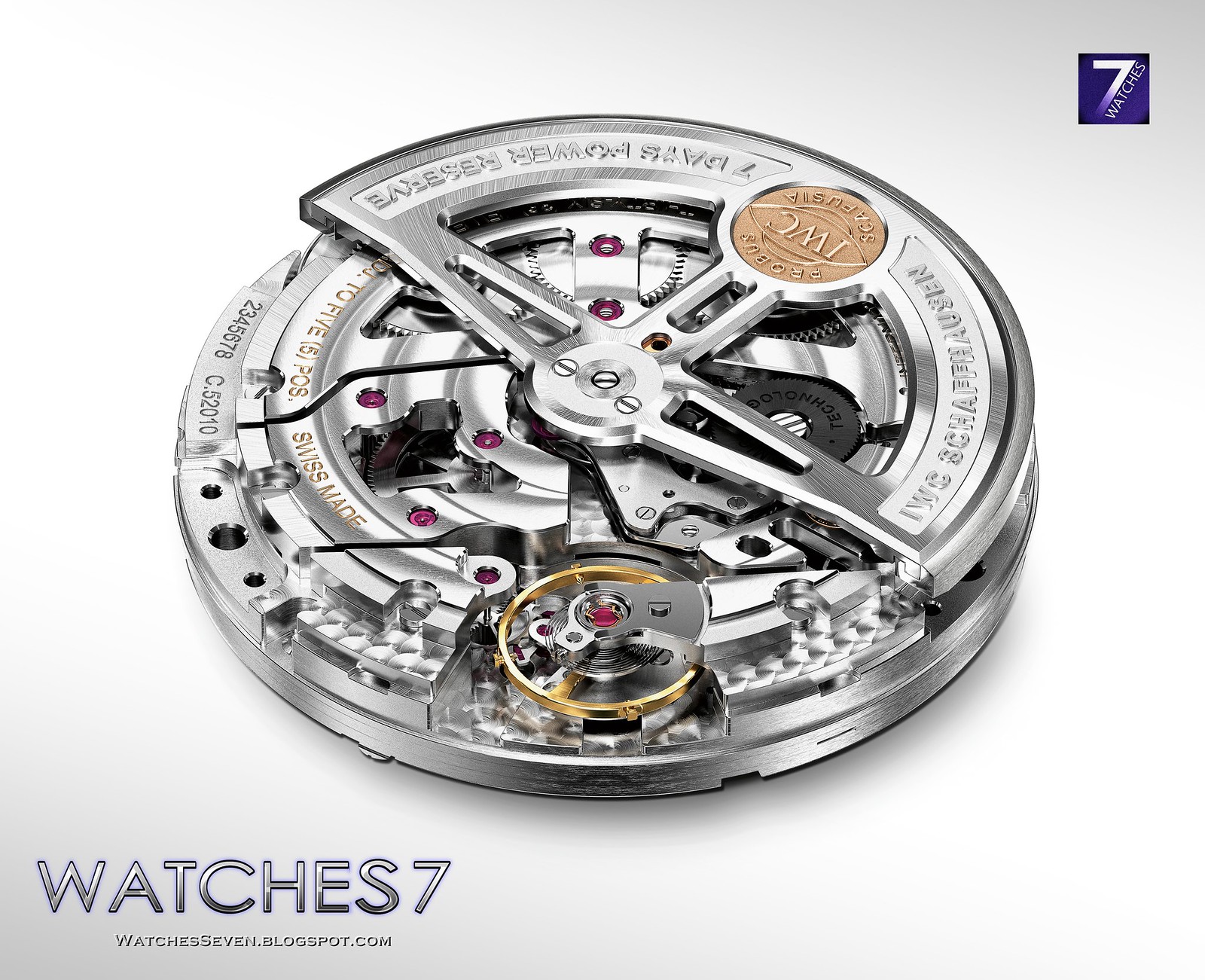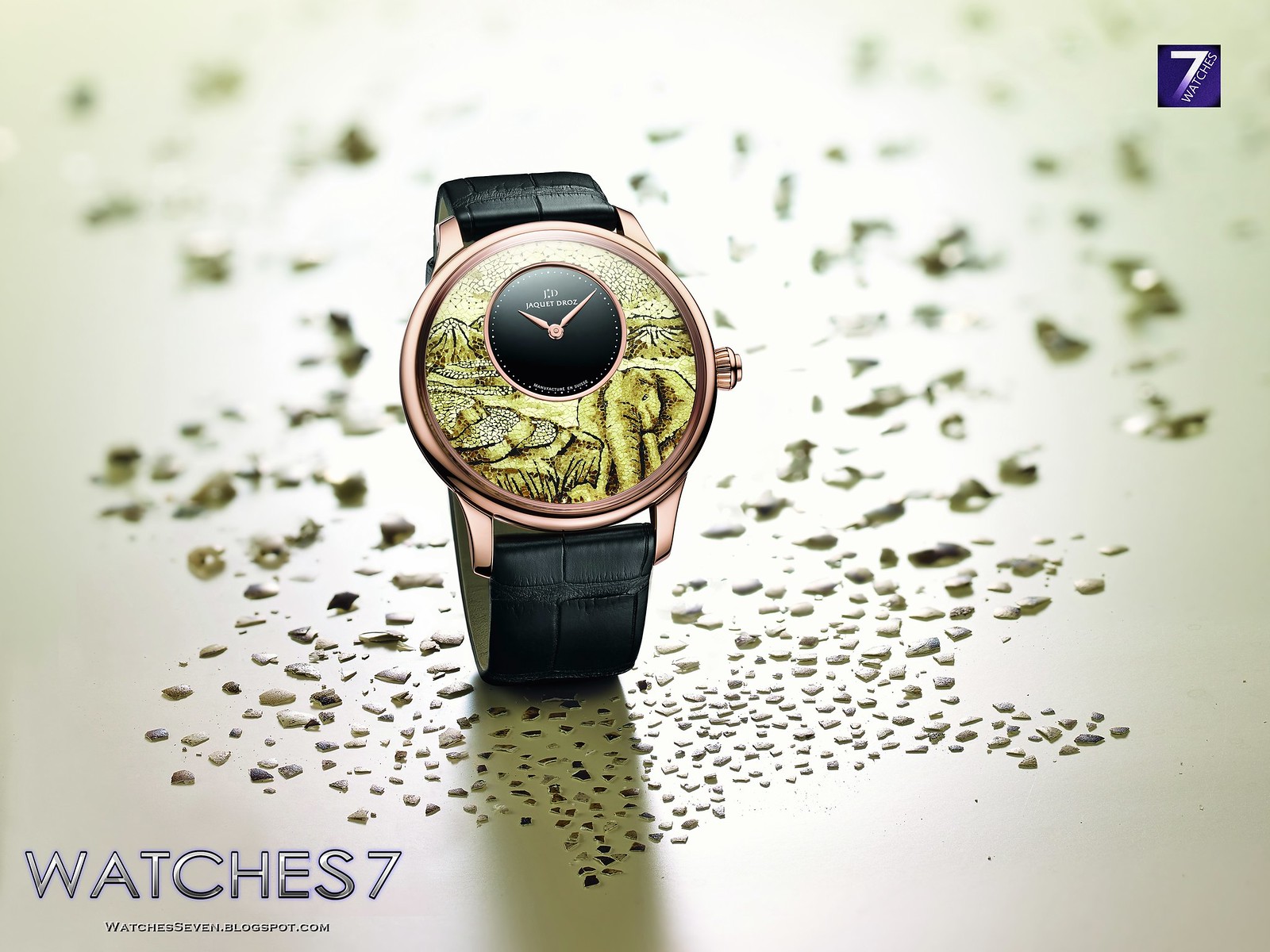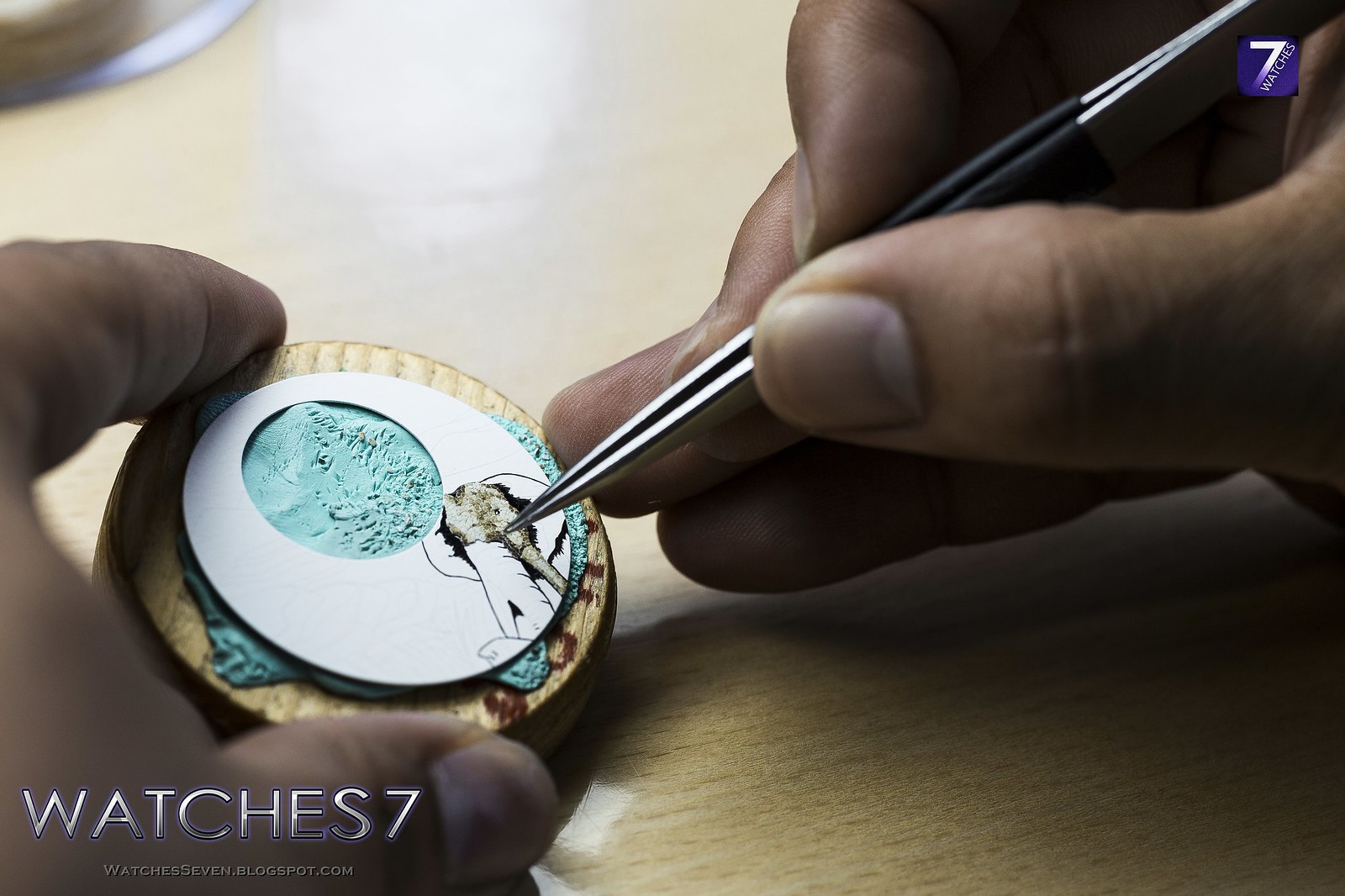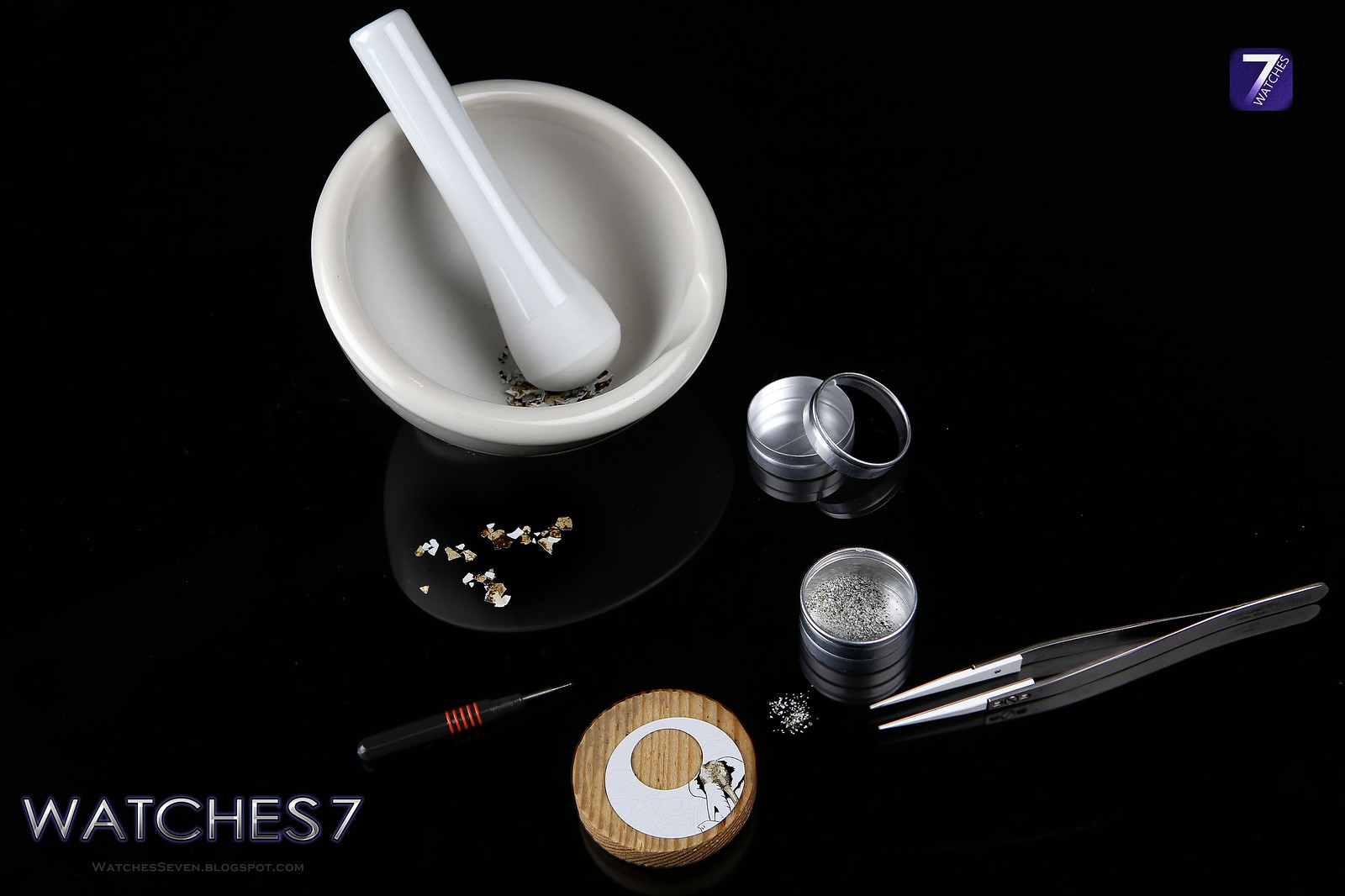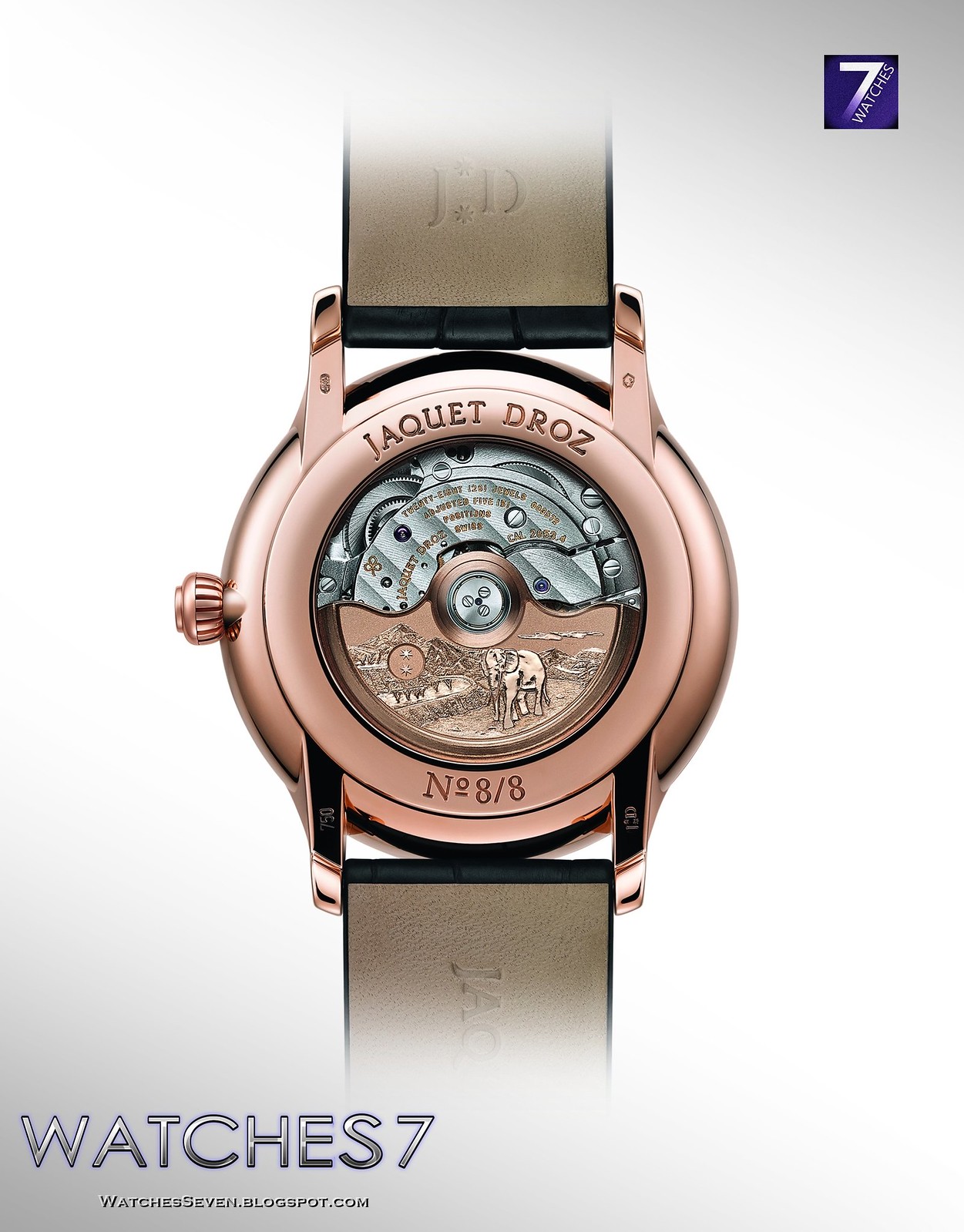IWC’s New
Proprietary 52000 Calibre
Family
September, 2015Family
In 2015, IWC Schaffhausen will embark on a concerted campaign to develop more of its own movements. In the years ahead, this will result in the launch of three new calibre families, all made in Schaffhausen. The new movements, developed and produced in-house, will feature numerous technical improvements. Apart from these new elements, IWC’s calibres will undergo a design overhaul to enhance their aesthetic appeal. First out of the blocks is the newly developed 52000-calibre family, which is found in four models in the new Portugieser collection.
In some IWC calibres, the balance rim oscillates to and fro on a Breguet spring. The terminal coil is painstaking shaped by hand and plays a significant role in ensuring that the balance oscillates with perfect regularity, thus increasing the watch’s precision.
Sometimes a second can seem like an eternity. On other days, hours pass in the blink of an eye. Although our subjective perception of time is relative, it progresses inexorably at the same, constant rate. Our watches document the regular sequence of seconds, minutes and hours. “In watchmaking, the ultimate aim is ‘isochronism’: or in lay terms absolute regularity in the vibration of the balance, regardless of amplitude or position.”
This is how Raphael Frauenfelder, watchmaker and project manager specializing in industrialization at IWC Schaffhausen, describes the challenge posed by his metier.
Click on the mouse wheel to see the large size ... BIG FOTO
The 52010 calibre is featured in the Portugieser Automatic (Ref. 5007)
The aim is to generate uniform oscillations
In a mechanical wristwatch, the balance performs the same function as the pendulum in a clock. It determines the regular intervals at which the escapement releases the wheel train, allowing the hands to advance, and it does so largely independently of the energy left in the mainspring. “As the tension in the spring decreases, the impulses transmitted from the pallet lever to the balance become weaker and the distance by which it oscillates decreases. But even as the amplitude decreases, the impulse pin pushes the pallet lever at almost exactly the same intervals,” says Frauenfelder, describing the principle.
Securing the balance spring at a highr level allows the spring to expand evenly
But the physical characteristics of the pendulum are only the basis for the high level of precision. For in mechanical wristwatches, which comprise hundreds of individual parts and are also constantly in motion, the devil is – quite literally – in the tiniest details. For centuries, therefore, creative geniuses and lone inventors have tried to increase their precision. The spring developed by the Swiss watchmaker Abraham-Louis Breguet in around 1795 and named after him has also contributed significantly to ensuring that the balance oscillates regularly.
A flat spring does not develop evenly
In Breguet’s time, the balance was still secured to a flat spring. In such a spring, the inner and outer ends of the spring are on the same, horizontal level. “The outer end of the spring is attached to the stud. In the case of a flat spring this, unfortunately, gets in the way, and the spring is unable to expand evenly, so it develops eccentrically,” says Frauenfelder, describing the problem. The centre of gravity is constantly changing, which results in a positional error. To make it worse, there is an elasticity effect, which leads to acceleration and deceleration in the oscillations. These two phenomena – positional error and elasticity – can have a negative influence on the watch’s accuracy.
In the course of his experiments, Breguet hit on the ingenious idea of securing the outer end of the spring at a higher level than the rest of it and bending the final coil in a special way. The resulting section of the spring is known as the ‘overcoil’: it involves making a sharp upward bend in the terminal coil and taking it across the top of the spring. It ends where it joins the index, and the end of the spring is secured to a stud. Frauenfelder explains the advantages of the ingenious solution: “The fact that it has the special bend and is secured at the top allows the spring to oscillate evenly at all times and remain concentric.” Positional errors and elasticity are eliminated, and the balance oscillates at more regular intervals.
The exact shape differs from one calibre to another
However, there are no hard and fast rules for bending the terminal curve in a Breguet overcoil. “The exact shape depends on various factors, such as the distance between the balance’s centre of rotation and the outer point at which the spring is secured,” explains Frauenfelder. Watchmakers identify the various types of terminal curves using a special numbering system. In curve number 100, for instance, the stud is placed directly above the spring’s outermost curve. Depending on the type of balance system, different curves are paired with different types of calibre.
Only a short time after its invention, the Breguet spring was a much-sought-after sign of quality in mechanical wristwatches. IWC founder F.A. Jones also used the specially bent balance spring to meet his exacting demands for precision and innovation. “At IWC, Breguet springs are bent by hand to this day,” adds Frauenfelder. The Schaffhausen-based company has preserved and cultivated the technical expertise and fine-motor skills needed for the job over many generations. Together with the watchmakers, the individuals responsible for the task are the timers, who have a recognized profession of their own. In IWC’s latest collection, balances with Breguet terminal curves are used in the 51000, 52000 and 59000-calibre families, among others.
Click on the mouse wheel to see the large size ... BIG FOTO
The 52615 calibre is featured in the Portugieser Perpetual Calendar (Ref. 5034)
Click on the mouse wheel to see the large size ... BIG FOTO
The Caspari effect corrects another error
Although the Breguet terminal curve has a proven positive effect on a watch’s accuracy, a high degree of precision can also be achieved with a flat balance spring. Mechanical watches are complex systems in which countless factors can influence the balance. A certain physical effect is therefore not necessarily a bad one. “The French marine engineer and astronomer Chrétien Edouard Caspari hit upon the idea of using the elasticity effect created in a flat balance spring to eliminate another error in the system,” explains Frauenfelder.
Click on the mouse wheel to see the large size ... BIG FOTO
The 52610 calibre is featured in the Portugieser Perpetual Calendar (Ref. 5033)
Caspari looked at how the angle between the inner and outer leverage point of the spring influenced its oscillations. He identified a specific angle at which high amplitude would cause a timepiece to go slow, whereas low amplitude would make it run fast. Discovering this enabled him to correct an error caused by the Swiss club-tooth lever escapement. As the amplitude decreases, the balance finds it increasingly difficult to push the pallet lever back and forth, which causes the watch to run slow. “The fact that both phenomena cause the watch to run slow at various amplitudes means they mutually eliminate each other,” says Frauenfelder, describing the ingenious solution.
Many factors influence the oscillating rate
But there are other factors that have an influence on the oscillations. “The play in the spring – the distance between the two pins in the index mechanism, which limits the active length of the balance spring – plays an important role in our adjustments,” says Frauenfelder. The bigger it is, the more the watch slows down as the tension in the spring decreases. With a flat balance spring, the watchmaker will opt for a relatively large amount of play between the two pins to counteract the elasticity effect. However, if a Breguet spring is used, the distance is intentionally kept small. Alternatively, the watchmaker will use an indexless balance whose frequency is set using only the weight screws on the balance rim.
The method used to achieve isochronism differs from one case to another. Often, watchmakers have to dig deep to come up with unconventional ways of allowing physical phenomena to act together or against one another. “The technical elegance of the Breguet spring lies in the fact that it eliminates several types of error from the entire system,” says Frauenfelder, summing up the system’s advantages. And the knowledge that the internal workings of a watch are largely the work of men like Breguet or Caspari merely serves to increase the fascination of complex mechanics.
Despite elaborate decorative elements, the movements in the new 52000-calibre family retain their technical character. IWC Schaffhausen thus remains true to the engineering ethos for which company founder F. A. Jones laid the cornerstone with production methods that, even back then, represented the state of the art.
Click on the mouse wheel to see the large size ... BIG FOTO
The 52610 calibre is featured in the Portugieser Perpetual Calendar (Ref. 5033)
------------------------------
IWC Schaffhausen
Nicole Bänninger
Department Manager Public Relations
Tel. +41 (0)52 635 69 29
E-mail nicole.baenninger@iwc.com
----------------------------------------------
www.facebook.com - IWC Watches
-------------------------------------------------
www.iwc.com


